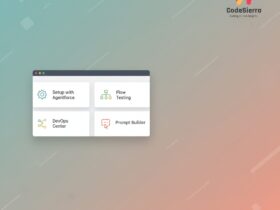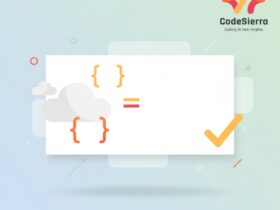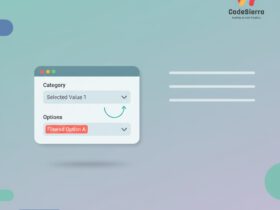Introduction
Salesforce provides several mechanisms to control access to records — collectively known as sharing. Understanding the different sharing options is key for architects, admins, and developers to design secure data access models. Below is a clear, SEO-friendly rundown of the available sharing methods in Salesforce.
1. Organization-Wide Defaults (OWD)
OWD defines the baseline level of access for records across the entire organization. It can be set to Private, Public Read Only, or Public Read/Write (and some objects support Controlled by Parent). Use OWD to restrict access broadly.
2. Role Hierarchy
Role hierarchy enables record access to be automatically granted up the role tree. Users higher in the hierarchy inherit access granted to users below.
3. Sharing Rules
Sharing Rules open up access beyond OWD and the role hierarchy by creating rule-based exceptions. They can be based on record owner (owner-based) or criteria (criteria-based) and grant Read or Read/Write access.
4. Manual Sharing
Users can manually share individual records with other users, roles, or groups when they have the necessary permissions. This creates explicit share entries.
5. Apex Managed Sharing
For advanced or dynamic sharing requirements, developers can use Apex Managed Sharing to programmatically create or remove share records (Object__Share entities) using Apex. This is required when business logic dictates custom sharing behavior.
6. Public Groups
Public Groups let administrators group users, roles, and territories to use in Sharing Rules and manual sharing. While not a sharing mechanism by itself, groups simplify applying other sharing methods.
7. Teams (Account Teams, Opportunity Teams, Case Teams)
Teams provide a structured way to add specific users to a record with predefined access levels and roles — particularly useful for collaborative records like Accounts, Opportunities, and Cases.
8. Territory Management
Territory Management allows sharing based on account territories and is useful for complex account-based access in sales organizations. It grants access to users assigned to territories that match account criteria.
9. Apex Sharing Reasons
When using Apex-managed sharing, you can define custom sharing reasons for clarity and reporting. These appear on the share records and help track why a share exists.
10. Sharing via Teams and Queues
Queues can own records (e.g., Leads, Cases, custom objects if enabled) and provide access to members. Teams were already covered, but queues are also a collaborative sharing mechanism.
Summary
In short, Salesforce supports multiple sharing mechanisms: Organization-Wide Defaults, Role Hierarchy, Sharing Rules, Manual Sharing, Apex Managed Sharing, Public Groups, Teams (Account/Opportunity/Case Teams), Territory Management, Sharing via Queues, and Apex Sharing Reasons. Each serves different scenarios — combine them thoughtfully to meet security and business requirements.
Best Practices
– Start with the most restrictive OWD and expand access using sharing rules or Apex where necessary.
– Prefer declarative sharing (Sharing Rules, Teams, Public Groups) before Apex-managed sharing to keep the system maintainable.
– Regularly audit share tables and reason codes to keep sharing clean and documented.
References
Salesforce documentation: Sharing and visibility overview; Apex managed sharing guide.
Category: Interview Questions










Leave a Reply